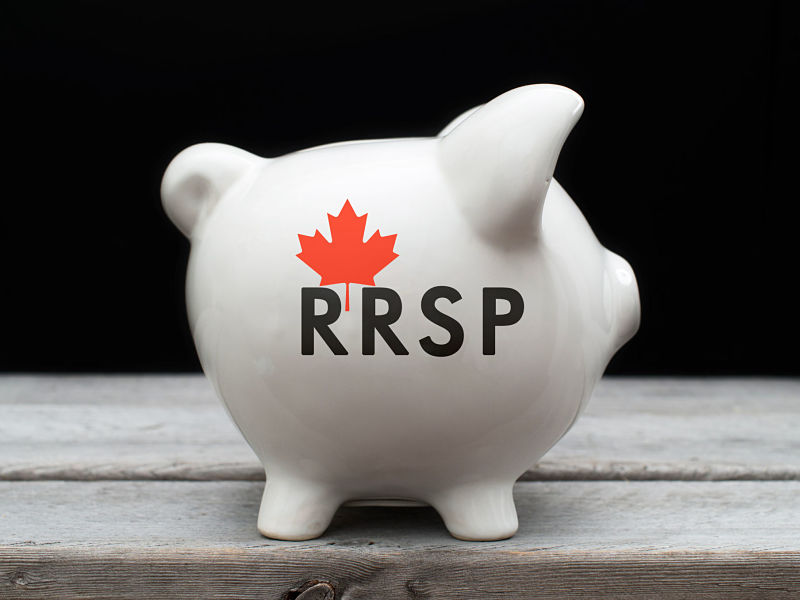
With just days to go before the March 1 RRSP contribution deadline, now is the perfect time to reach out to clients to remind them to top off their RRSPs if they want to get the benefit of that deduction when they file their 2021 tax returns this tax season.
More importantly, it’s wise for clients, with our assistance, to stay on top of their RRSP contribution room to ensure that they don’t overcontribute. The penalty for overcontributing is 1% per month for any dollar overcontributed, above a $2,000 overage allowance.
The amount an individual can contribute to their RRSP is based on the amount of their RRSP deduction limit for the year. For 2021 it’s based on 18% of “earned income” in 2020, to a maximum of $27,830, less any pension adjustment, plus any unused contribution room carried forward from prior years.
But what exactly is earned income?
Earned income includes (self-)employment income, royalty income research grants and net rental income, less union dues and employment expenses, among a few other things.
A recent tax case (Wyrstiuk vs. The Queen, 2022 TCC 10) decided last month involved a taxpayer who was hit with the penalty tax for a mistaken RRSP overcontribution that stemmed from a lack of understanding of what constitutes “earned income.”
In 2013 the taxpayer lost his job after twelve years. He was unhappy with how he’d been terminated, and he retained a lawyer. With the help of his counsel, the taxpayer negotiated a severance payment of approximately $165,000. He received this amount in 2014 and included it in his taxable income. During the 2015 RRSP season — specifically, in February of that year — the taxpayer made an RRSP contribution of $24,270.
Fast forward three years to March 2018, when the Canada Revenue Agency (CRA) assessed the taxpayer an RRSP overcontribution penalty tax of $1,106 in respect of the 2015 taxation year. The penalty tax was only on part of his RRSP contribution, since he did have some contribution room available.
The issue in the case came down to whether the payment from his former employer fell within the definition of earned income for the purpose of calculating his available room. If it did, there would have been no overcontribution.
The taxpayer maintained that the payment formed part of his remuneration from employment. After all, he would not have received the amount had he not been previously employed by the payor. Indeed, if the payment in issue was not remuneration and not earned income, then, he argued, he should not have been taxed on the payment at all!
Before 1981 that may have been true, as prior jurisprudence concluded that such payments were not considered to be employment income. But in late 1981, the definition of a “retiring allowance” was amended to include the full amount of any payment to an employee received as damages or pursuant to a judicial determination.
Under the current wording, a retiring allowance is defined as an amount “received on or after retirement of a taxpayer from an […] employment in recognition of the taxpayer’s long service, or in respect of a loss of an office or employment of a taxpayer, whether or not received as, on account or in lieu of payment of, damages or pursuant to an order or judgment of a competent tribunal.”
The problem, however, is that retiring allowances are taxable as “other income” and not as employment income, and are therefore excluded from the calculation of earned income which establishes RRSP room. As a result, the taxpayer lost his case and was stuck with the overcontribution penalty tax, which the judge did reduce somewhat due to a computational error by the CRA.
The case serves as an important reminder to make sure our clients always verify RRSP contribution room with the CRA, either through the client’s My Account or by checking their most recent notice of (re)assessment. In my view, it’s best practice for advisors to request a copy of each client’s RRSP deduction limit statement to help them stay on top of their contribution room, while acknowledging that, in the end, it’s the client’s own responsibility to make sure they don’t overcontribute.
Jamie Golombek, CPA, CA, CFP, CLU, TEP, is the Managing Director, Tax & Estate Planning with CIBC Private Wealth in Toronto.
